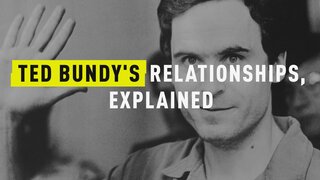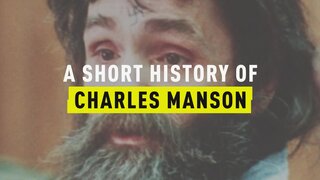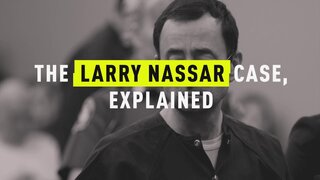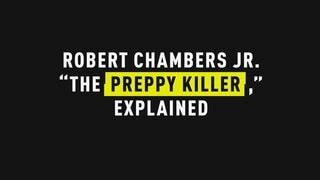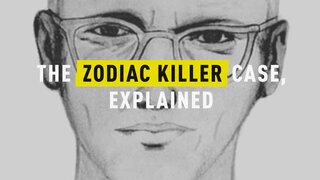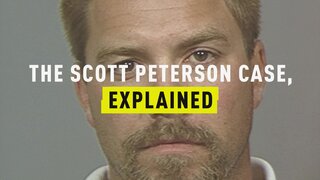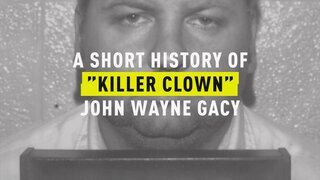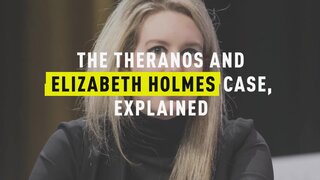Who Was Lynda Ann Healy, Ted Bundy's First Known Victim, And Why Was The Crime Scene 'Unique?'
The Washington college student vanished from a home she shared with four other women in February 1974. It would be years before Ted Bundy's first known victim got justice.
A popular college student vanished in the night from her bed, leaving behind only bloody sheets and few clues about the evil she encountered while her roommates slept, but the mysterious disappearance would earn her an unfortunate place in American history.
In February 1974, Lynda Ann Healy would cross paths with one of the country’s most prolific serial killers and become Ted Bundy’s first known victim.
Healy had grown up in a comfortable suburb outside Seattle with her parents and two siblings, according to the book "The Only Living Witness: The True Story Of Serial Killer Ted Bundy." The talented musician was “full of life” and self-assurance as she headed off to start at the University of Washington campus.
Once at college, the beautiful co-ed continued to be a dedicated student and was known for her morning weather and ski reports on a local radio station.
In 1974, as she entered her senior year of college, the 21-year-old lived in a green house not from the campus with four other women, but her life would soon take a tragic turn.
The day before Healy went missing was much like any other day for the psychology major.
She had gotten up early and gone to her job with Northwest Ski Reports announcing the weather, then headed to her classes and attended an afternoon chorus practice on campus, according to "The Stranger Beside Me," a novel written by Ann Rule chronicling Bundy’s crimes.
At 5 P.M. her roommate Jill Hodges picked her up on campus and Healy ate dinner with her roommates before running to the grocery store. She returned around 8:30 P.M. and then Healy and several of her roommates went to a nearby tavern where they shared some beer before heading home.
One of her roommates would later recall that Healy came and talked to her in her room before she headed downstairs to her own room in the basement of the home.
“I was in my room studying late, probably until about almost 2 A.M. and she came in about 11:30 P.M. into my room and spoke with me then. And she seemed to be really in a pretty happy mood and then she said she was going to bed and that was about 12 A.M.,” the roommate said in an old news clip in “Conversations With A Killer: The Ted Bundy Tapes,” now streaming on Netflix.
Just hours later, at 5:30 A.M., Healy’s alarm went off as usual for her early morning stint at the radio station, but when her roommate Barbara Little went into her room after hearing the alarm, she discovered Healy was gone. Although the women’s two rooms were only separated by a thin partition, she hadn’t heard any disturbances during the night.
Initially, there was no obvious, visible evidence that Healy had met with foul play.
But Healy’s employer soon called the house to ask why she hadn’t come into work.
Kathleen McChesney, a detective with the King County Police who would later investigate the disappearance, said she remembered the morning Healy vanished because she was a regular listener of her morning ski report and recalled someone on air saying Healy hadn’t come in to work that day.
“That was very unusual because she was a person you relied on five days a week to tell you what was going on in the mountains,” McChesney said in the docu-series.
Her roommates noticed other disturbing clues as well. The back door they always kept locked was open, and none of the women saw Healy on campus that afternoon or at home that evening, despite a dinner Healy had planned to have for her family, Rule said in “The Stranger Beside Me.”
When police were called, they were also struck by the condition of the room.
“The room was very neat. There was no signs of foul play in the rooms except some blood on the pillow and head area of the sheets of Lynda’s bed,” Pat Murphy, a lieutenant with the Seattle Police Department, said at the time in a clip in the docu-series.
Murphy also noted that Lynda’s bed had been “made up neatly.”
Her nightgown, covered in blood around the neck, was found in her closet. The only clothes that were missing were the ones she had been wearing the night before, suggesting whoever had abducted her may have taken off her pajamas and gotten her dressed, Rule said in the book.
A pink satin pillowcase that usually lay on her bed and her backpack were also missing.
Bob Keppel, a detective with King County Police, said in the docu-series the “unique” crime scene continues to stand out in his memory.
“I had never seen a crime committed before and that’s where I got my start,” he said.
Shortly after the disappearance, investigators interviewed more than 65 people but were still left with very few leads into Healy’s disappearance.
“We couldn’t do anything except sit and man a telephone. It was pretty bad,” Keppel said.
Healy’s body would eventually be discovered in 1975 along with several others on Taylor Mountain.
Bundy is believed to have killed more than 30 women before he was ultimately captured in Florida in 1978, ending his reign of terror.
When journalist Stephen Michaud asked him to speculate about how Healy may have died in tapes recorded with the notorious serial killer after his conviction, he was evasive.
“My initial reaction is that I don’t think I can,” he told Michaud in the tapes featured prominently in the Netflix series.
Bundy later confessed to the killing before he was executed in 1989, according to an article written that year by the Associated Press.
Bundy's capture and subsequent death sentence gave Healy and the dozens of other women who fell victim to the charming killer some justice.
[Photo: Netflix]

